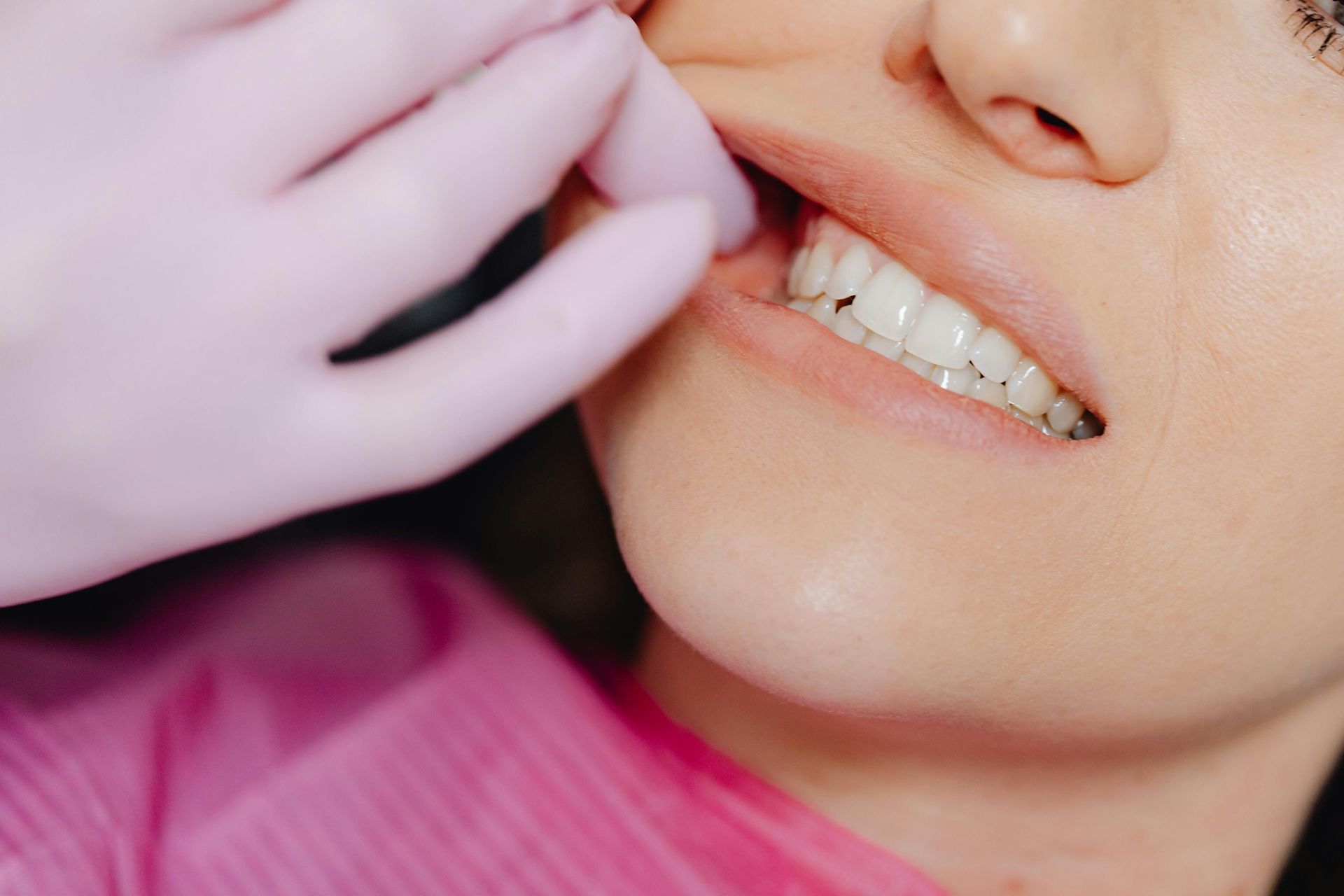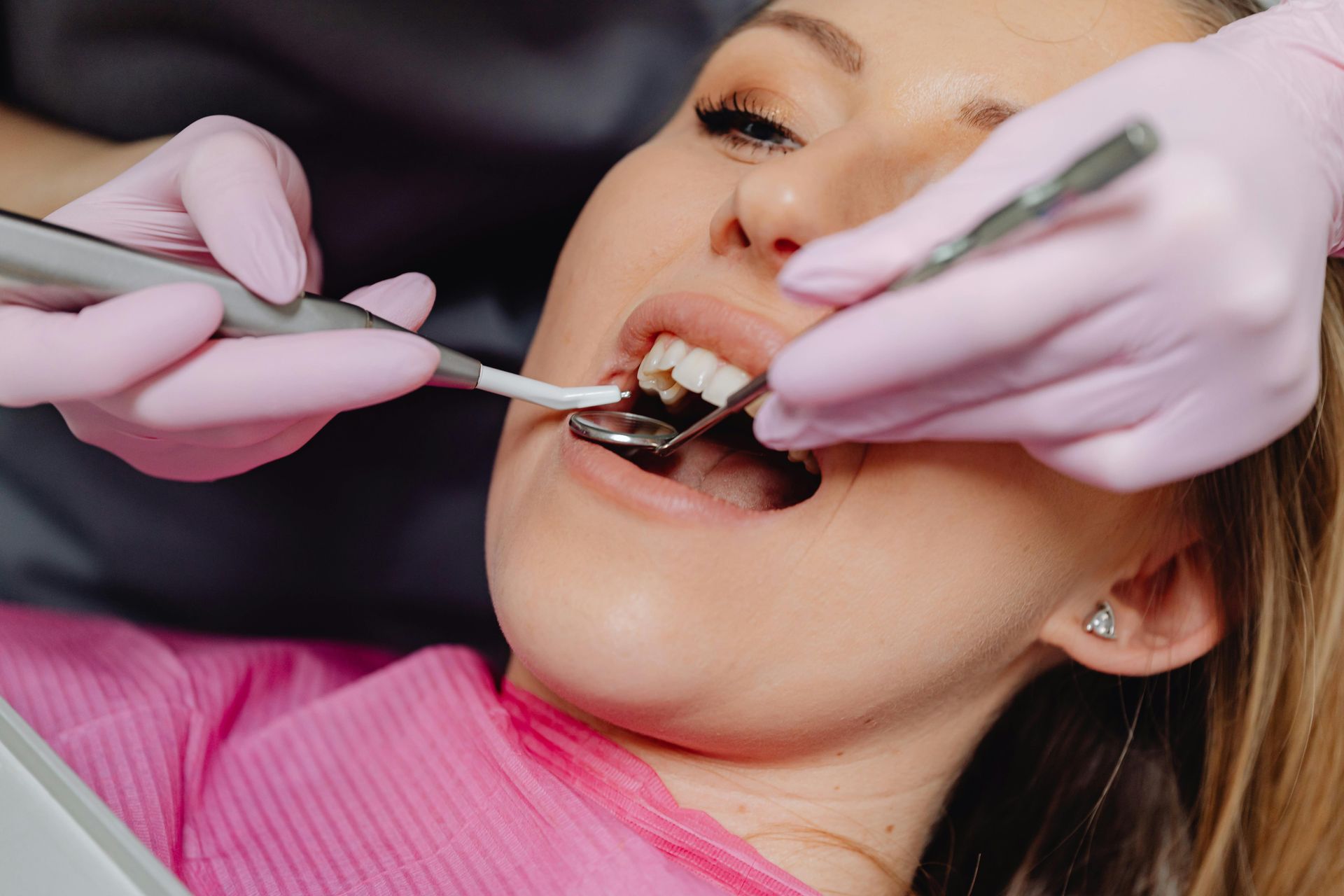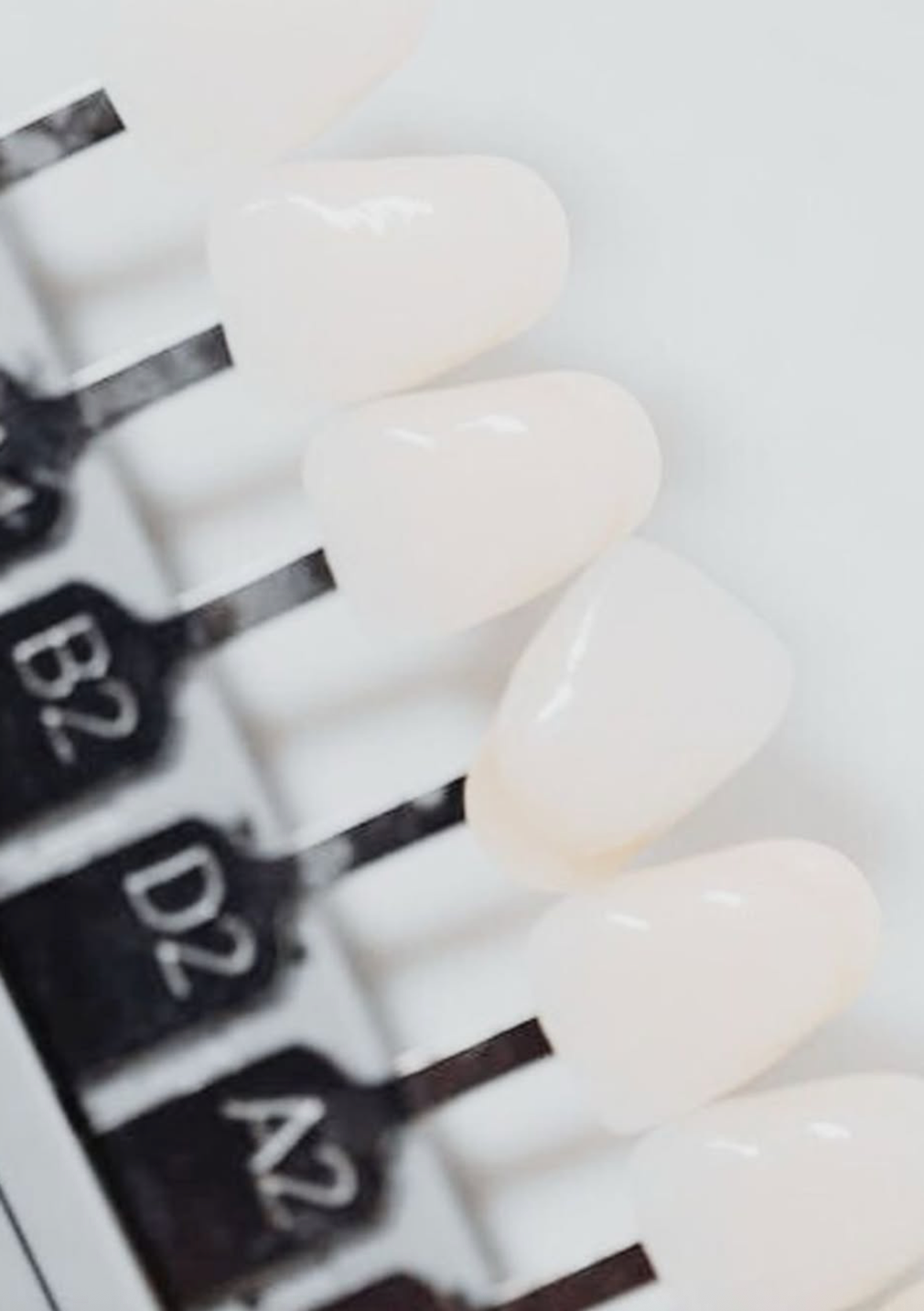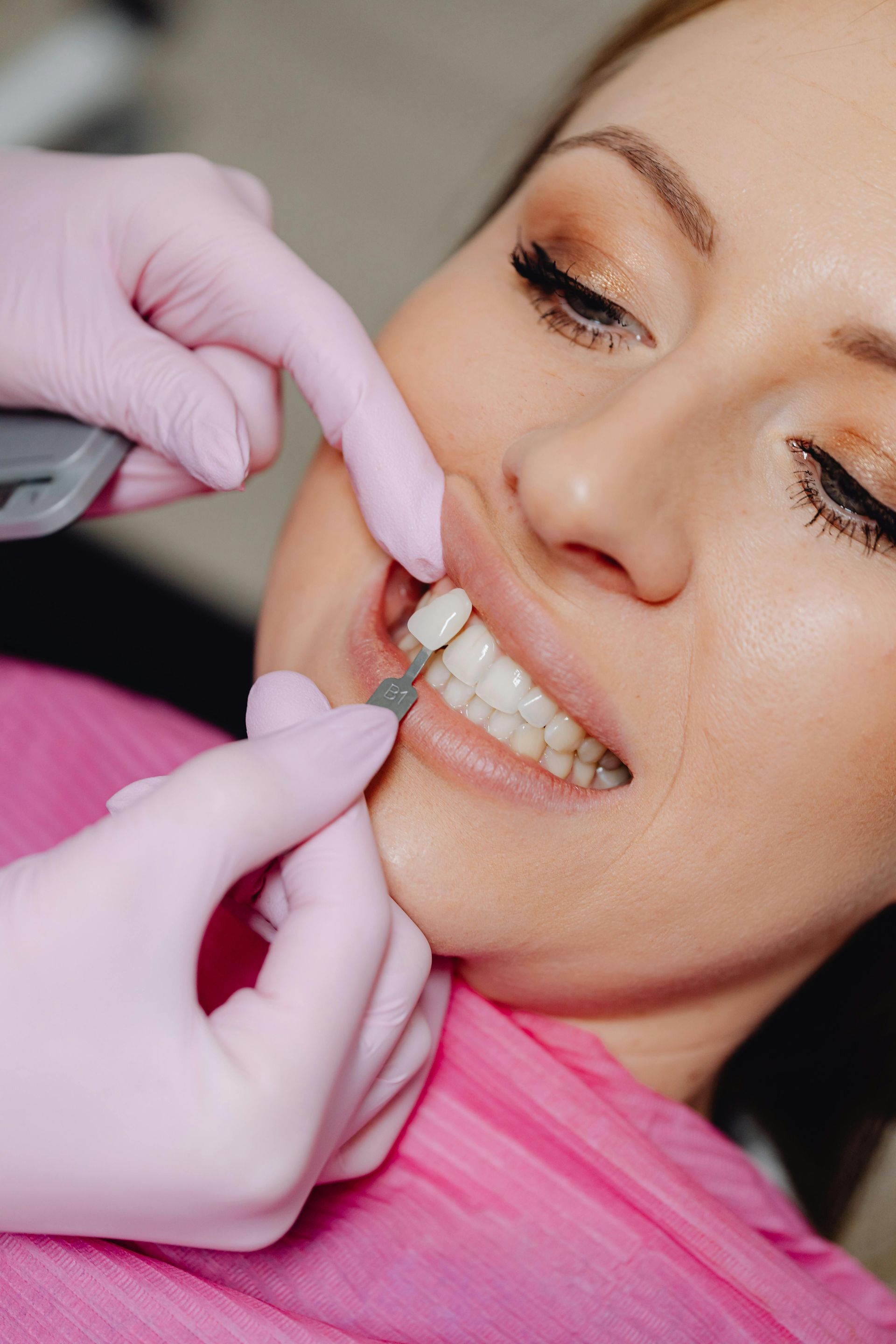
Shine dentistry Chelsea NYC | where time meets excellence
Your smile deserves more than ordinary care
Welcome to Shine—a boutique dental studio in Chelsea where exceptional care happens on your schedule, in a space designed for your comfort.

A sanctuary in the heart of manhattan
Nestled in historic Chelsea Gardens at 23rd and 8th, Shine provides what busy New Yorkers crave—a moment of calm, undivided attention, and exceptional care in an intimate setting designed around your comfort and schedule.
A collaborative
team that listens
Dr. Elena Johnston | dentistry, reimagined
Founder and lead dentist who created Shine after years at Manhattan's elite practices, seeking to build something more personal.
Dr. Brendon Ursomanno | precision beyond the surface
Board certified periodontist specializing in gum health and implants for seamless complex care.
Dr. Mary Camarano | the art of gentle dentistry
Brings a calming presence to every general dentistry service with her commitment to patient comfort.
Together—one cohesive team focused entirely on your unique needs.







Services with purpose
- Preventive care that anticipates rather than reacts
- Cosmetic transformations through Invisalign, veneers, and whitening
- Restorative solutions with porcelain crowns and implants
- Specialized treatments including therapeutic Botox for TMJ
- Emergency response when you need it most
- Advanced aesthetics featuring Scarlet SRF and Agnes RF
The Shine difference
Undivided Attention
Your appointment receives our complete focus in an intimate, distraction-free setting.
Artistic Precision
Every procedure performed with meticulous detail for naturally beautiful results.
Collaborative Excellence
Specialists working as one team to provide truly comprehensive care.
Intentional Experience
A thoughtfully designed space and approach that honors your time and comfort.
For those who expect more
Our practice embodies Chelsea's appreciation for both sophistication and authenticity. We believe dental visits should leave you feeling valued, not processed.
The Shine approach resonates with those who recognize that excellence requires time—and deserves it.
Where we uncover the smile you've always wanted, walking with you every step of the way.




Have questions about our doctors, services, or our approach?
Please call 212-242-5344